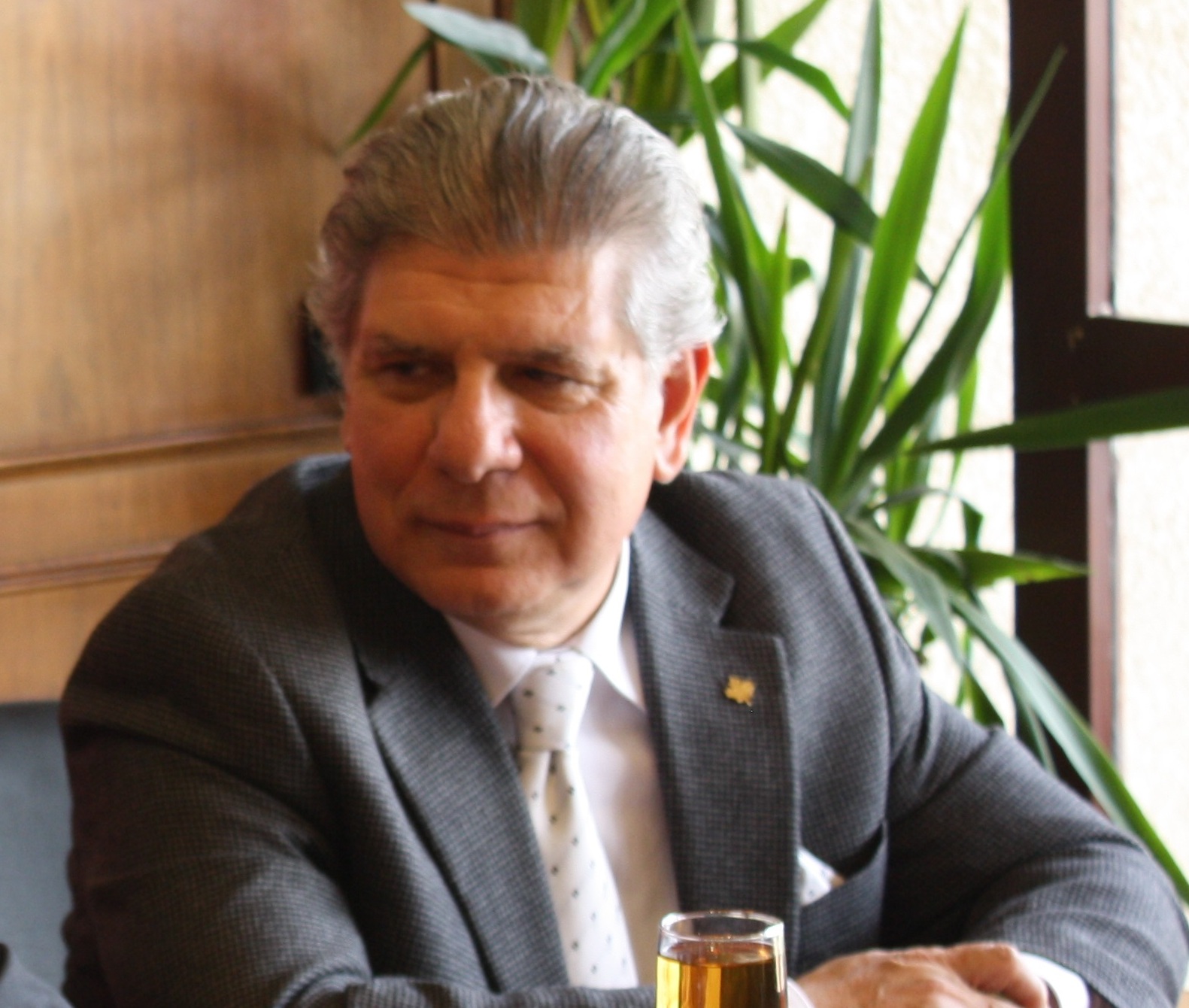In the evenings of Ramadan, when he was a young boy, Mohamed Hany Amin would select and light a handmade lantern from his father’s workshop. He’d join other children with their own lanterns and together they’d walk through the streets, swaying their lantern back and forth while singing: “Halo ya halo, Ramadan Kareem ya halo,” the familiar Ramadan ditty that youngsters sing to celebrate Ramadan and call for tips.
With a warm smile, he reminisces about the wondrous time when he and other children would hang the exquisite and carefully crafted lanterns in the streets, where they shone brightly for all to see. When asked whether today’s children continued this tradition, a sadness washes across his face, “Today, this doesn’t happen anymore,” he says dispiritedly, “many of the new Chinese lanterns play the songs themselves.”
Like his father and grandfather before him, Mohamed Hany is a lantern maker. He was born and raised in Darb Al-Ahmar, a destitute district of Cairo, yet is rich with history and culture and is home to many artisans who keep traditional trades alive. As a young man and recent faculty of commerce graduate, Hany could have easily joined a bank or become an accountant; but he loved the craft, loved to work with his hands, and loved the history behind his family’s traditional work.
When asked to explain this career choice, he hesitated a few lengthy moments before offering his justification: “It’s just in my blood, there is no other way to explain it.”
Egyptian lantern makers now face enormous competition from mass-produced, low-cost Chinese imports, which have flooded the market. The Chinese Ramadan substitutes, which are made of plastic and battery-operated, are designed to appeal to children, changing each year to feature the newest favored cartoon character or idolized soccer player.
For Hany, making lanterns is more of a way of life than just a means of income. From the way his eyes light up when he describes the origins of each unique design and the excitement in his voice, it’s clear that he could speak about history, art and their influence over the design of his lanterns for days. He lifts a particularly exquisite lantern from a dusty shelf in his workshop; it is a tall, rectangular prism shape, with intricate calligraphy-like patterns sliced from its panels.
A little bit of history is brought to life in his explanation. “This one is Mamluki design, the Mamluk people were originally from Eastern Europe; they blended Fattimid and Coptic art together in single pieces.” He impresses upon the significance of the fact that the Mamluks were one of the rare few who endeavored to combine Islamic and Coptic art. He excitedly mentions several sites in Cairo where Mamluki designs can be found, such as Sultan Hassan Mosque. “I always feel happy when I look at any Islamic or Coptic art motifs, they are just so beautiful,” he says.
Despite his evident passion and devotion to the art form, these days, all is not well in Hany’s business. While his father would have to begin preparing for Ramadan four to five months in advance, Hany’s Ramadan sales have plummeted from approximately 50 percent of annual sales to less than 10.
Since taking over his father’s business, Hany has adapted to using oxidized brass rather than the traditional tin, and also has tried diversifying by creating lanterns of many different styles for various occasions.
Still, he is struggling to keep his business afloat, which provides much-needed employment to 12 workers in Darb Al-Ahmar. When asked about Chinese lantern producers, he remarks, “They are making lanterns by machines, when we are using by our hands. They are killing us.”
For Hany, the future is uncertain; though he hopes the industry will survive and allow for the tradition to be carried on. His son now studies architecture at university, though he has a true passion and skill for lantern making and can often be found in the workshop alongside his father. “Of course,” he pensively says, “he also needs job security.”
When asked what he enjoys most about his work, Hany gestures to the elaborate lanterns that congregate on every available surface of his workshop: “Each piece carries a history.”
How many replicated Chinese lanterns can make that claim?
Hany’s handmade lanterns can be found at Souq El-Fustat, Shop 4, in Old Cairo.


